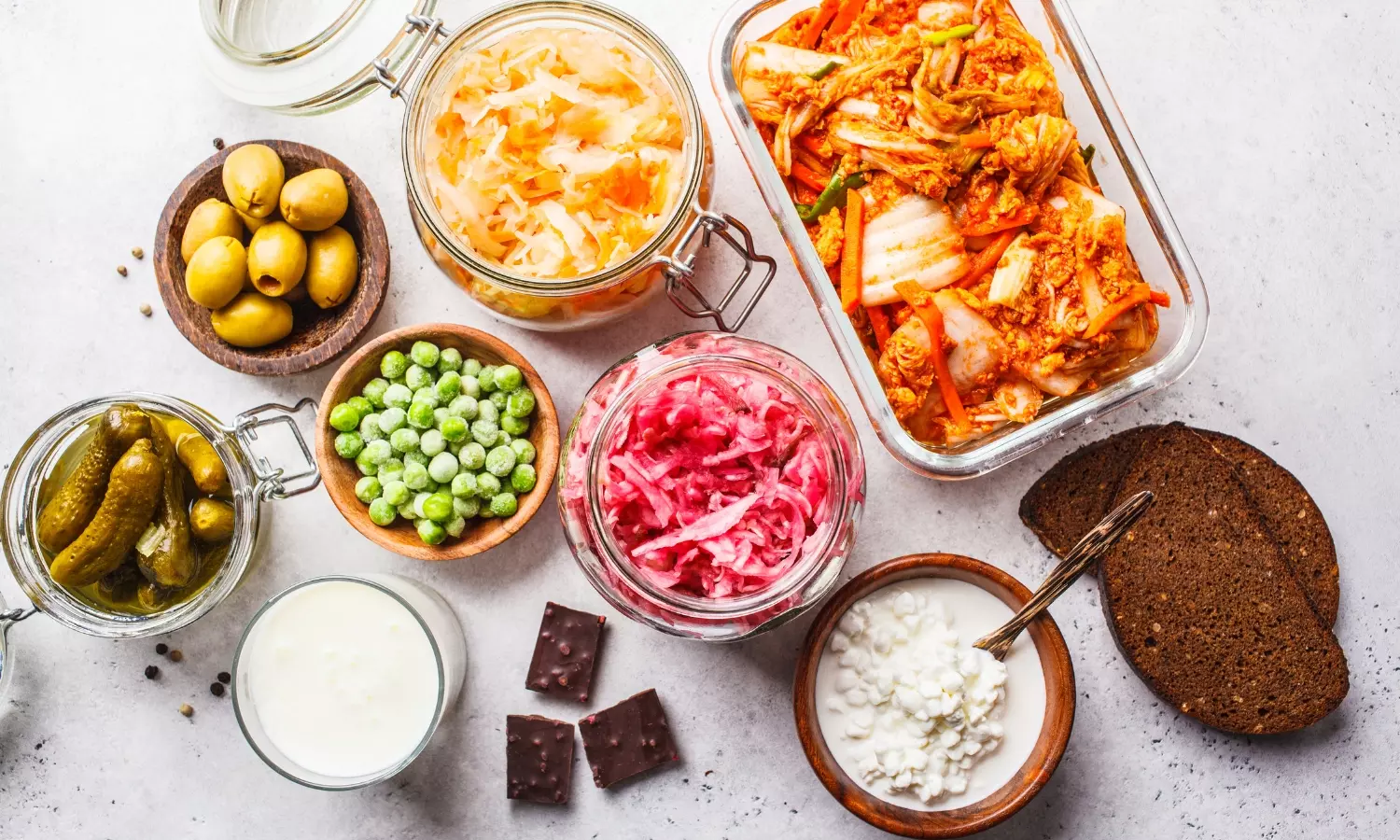From Bacteria to Brilliance: The Power of Fermentation in Food
From fluffy idlis and crusty sourdough to kimchi and kombucha, fermentation has quietly powered some of the world’s most delicious and nutritious foods for centuries. But what makes it taste better and healthier over time?
- By Simran DsouzaLoading...
- | 15 April 2025 11:56 AM IST
 X
X
Fermentation isn’t just a trend—it’s a natural process where beneficial microbes like yeast and bacteria break down sugars into acids, gases, or alcohol. This enhances flavor, texture, and shelf life while boosting nutritional value. People across cultures have embraced fermentation for centuries, from yogurt and dosa batter to miso and pickles. Today, science confirms its benefits for digestion, immunity, and nutrient absorption.
Growing up, dosa was one of those things I always looked forward to. I still remember watching my mother make the batter from scratch—soaking rice and urad dal, grinding everything by hand, and letting it ferment overnight. By the next morning, the whole kitchen would have this subtle tangy smell, and the batter would be light and bubbly. I didn’t know the science behind it back then, but we just knew it worked. Every dosa that hit the tawa turned out crisp, golden, and deeply comforting.
Let’s explore the fascinating science of fermentation (the magic behind my perfectly tangy dosa) and uncover why it remains a cornerstone of delicious food and better health.
The Microbial Magic
At the heart of fermentation are tiny but mighty microorganisms, like bacteria and yeast that turn sugars and starches into alcohol or organic acids. This process, which happens in the absence of oxygen, gives yogurt its tang, kombucha its fizz, and sourdough its deep, complex flavor.
Lactic acid bacteria take center stage in fermenting veggies, dairy, and grains. They convert sugars like lactose into lactic acid, giving foods their signature tang and extending their shelf life naturally. Meanwhile, yeasts handle the fizz—transforming sugars into carbon dioxide and alcohol in everything from bread to beer and wine.
Flavor: Complexity Through Chemistry
One of the best things about fermentation is how much it can enhance flavor. As microbes do their thing, they create all kinds of byproducts like acids, alcohols, and aromatic compounds that add depth and character to otherwise simple ingredients. Think about sourdough bread: the wild yeasts and bacteria in the dough produce acids that give it that signature taste and complex aroma. It’s a flavor that’s tough to achieve any other way.
The same goes for fermented veggies like kimchi and sauerkraut. The process adds satisfying umami and a mild tang while also softening any harsh bitterness. And when it comes to cheese, fermentation is everything. From the sharp bite of cheddar to the buttery softness of brie, it all starts with microbes working their magic.
Here are some easy and flavorful recipes you can try at home to bring the magic of fermentation into your kitchen.
The soul of every good dosa lies in its batter — perfectly fermented, rich with flavor, and ready to crisp up golden on the tawa.
The magic of kimchi begins long before the first bite — it’s in the slow fermentation, the bold spices, and the unmistakable tang that brings every jar to life.
The heart of every comforting meal begins with homemade curd, thick, velvety, and just the right touch of tang.
Easy Digestion, Less Inflammation
Fermented foods can be a real help for people who have trouble digesting certain grains or dairy. That’s because fermentation starts breaking down complex parts of food—like lactose or even gluten before you eat them, making them gentler on the stomach.
Live cultures in kefir and yogurt break down lactose, making them easier to digest—even for those who are usually lactose-intolerant. Similarly, fermentation makes soy products like tempeh and miso easier to digest by reducing compounds that typically hinder digestion.
Whether you're sipping on tangy kombucha, biting into a warm slice of sourdough, munching on a crispy dosa (like me), or scooping out creamy yogurt, you're enjoying the ancient wisdom of microbes at work.

Simran Dsouza
Simran's free time is often spent in a sanctuary of literature, losing herself in the solace and excitement of each story. But her culinary cravings add a layer of spontaneity to her life, as she indulges in the satisfaction of fried chicken strips and the irresistible allure of crisp fries. With her random food cravings striking at any hour, her food adventures are as diverse as her literary pursuits.


